Nature never fails to amaze us with its incredible creatures. Just when we think we’ve seen it all, animals surprise us with abilities that seem straight out of a superhero comic. From tiny insects to mighty mammals, the animal kingdom is full of secret talents that often go unnoticed. These hidden superpowers help creatures survive, thrive, and sometimes even change the world around them. Get ready to be amazed by these ten animal abilities you probably didn’t know existed!
Pistol Shrimp’s Sonic Punch
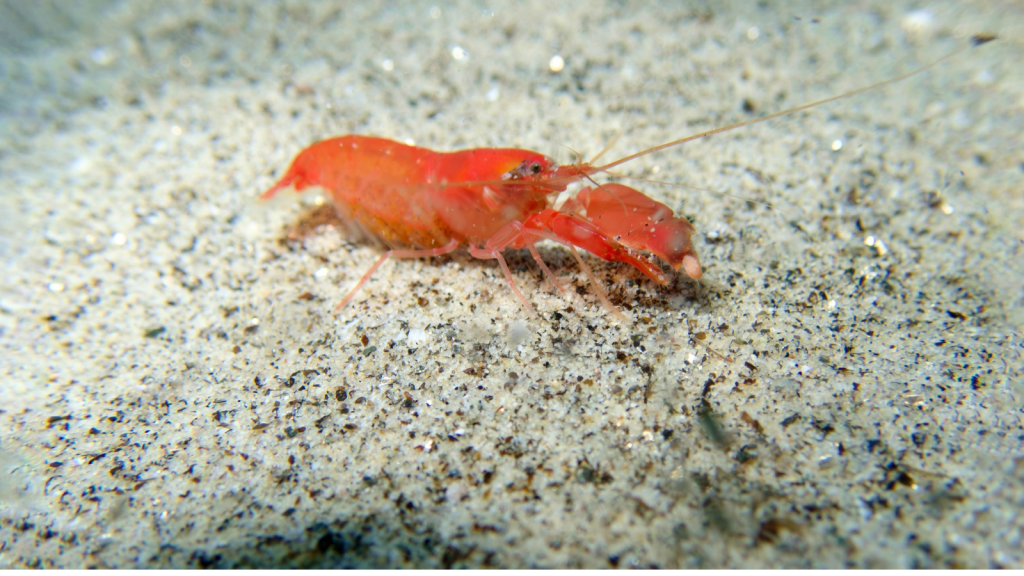
The pistol shrimp packs a punch that’s louder than a gunshot. Its oversized claw snaps shut so fast it creates a bubble that collapses with a loud bang and a flash of light. This tiny shrimp uses its sonic weapon to stun prey and ward off predators. The resulting shockwave can reach temperatures of nearly 4,800°C, almost as hot as the sun’s surface.
Tardigrade’s Space Survival

Tardigrades, also known as water bears, can survive the harsh vacuum of space. These microscopic creatures can withstand extreme temperatures, radiation, and even the absence of water for years. They’ve been to space and back, making them the ultimate survivors. Tardigrades achieve this feat by entering a state called cryptobiosis, where they essentially shut down their metabolism until conditions improve.
Platypus’s Sixth Sense
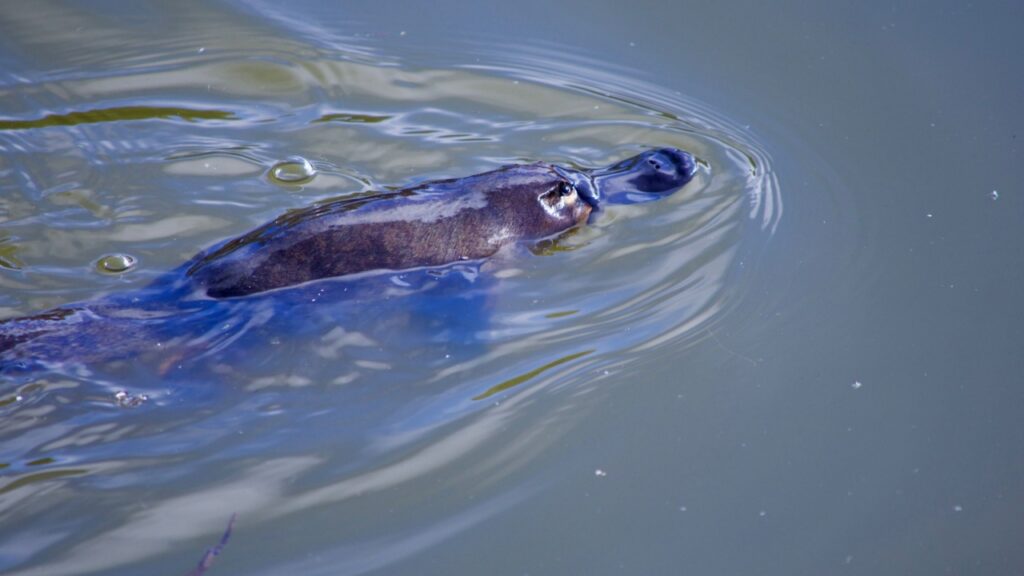
The duck-billed platypus has a secret superpower: electroreception. Its bill is covered in sensors that detect electrical signals from prey. This allows the platypus to hunt with its eyes closed, finding tasty morsels hidden in murky waters. The platypus can detect electrical impulses as small as 50 millionths of a volt, making it one of the most sensitive electroreceptive animals known.
Axolotl’s Regeneration Magic
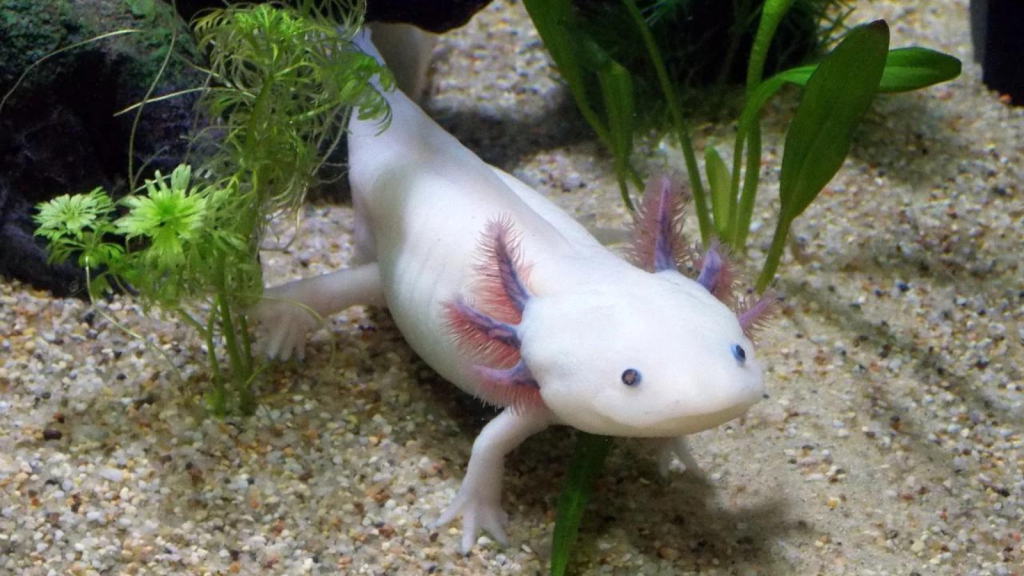
The axolotl, a salamander from Mexico, can regrow lost body parts, including its brain. If injured, it can regenerate limbs, organs, and even parts of its central nervous system. Scientists are studying these amphibians to understand how we might one day apply this ability to human medicine. Remarkably, axolotls can regenerate the same body part multiple times without any loss in function or form.
Lyrebird’s Voice Mimicry
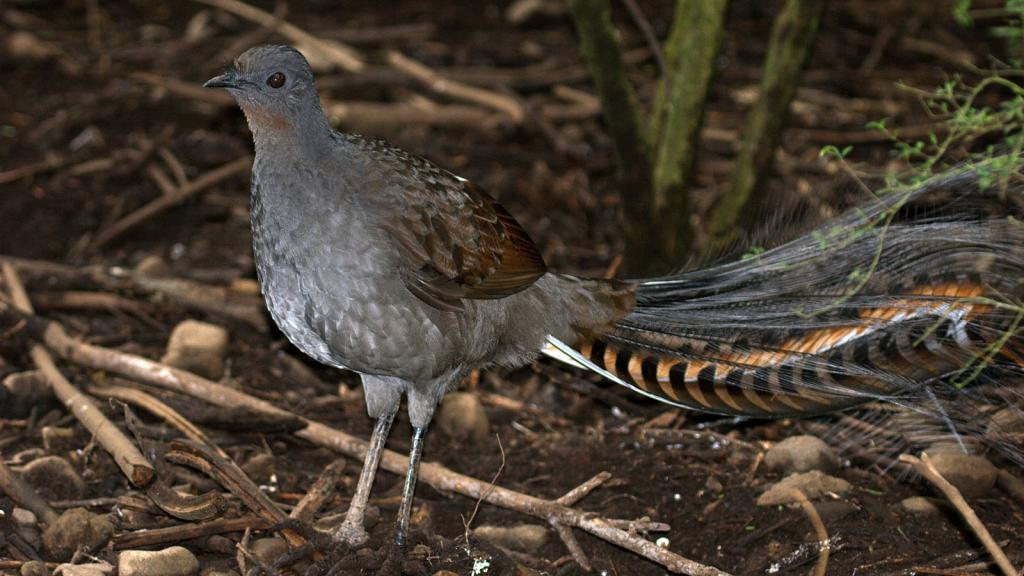
The lyrebird is nature’s master of mimicry. It can imitate not just other birds, but also human-made sounds like car alarms, chainsaws, and camera shutters. This Australian bird’s vocal talents are so impressive, it sometimes fools other animals with its impersonations. Male lyrebirds use their extraordinary mimicry skills to attract mates, incorporating up to 20 different imitations into a single performance.
Bombardier Beetle’s Chemical Warfare
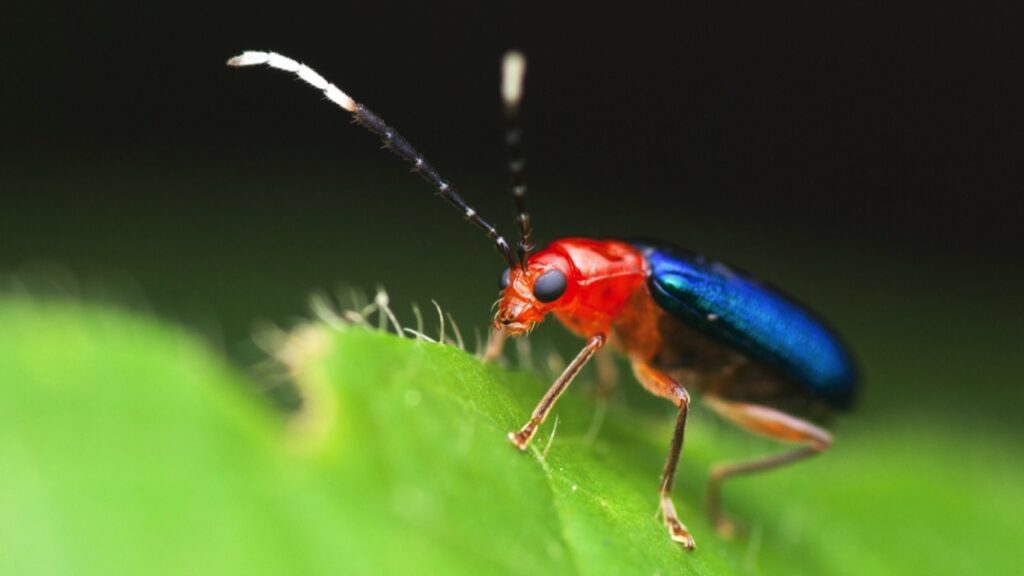
The bombardier beetle has a built-in chemical weapon. When threatened, it mixes two chemicals in its abdomen, creating a boiling, toxic spray that it fires at predators. This pint-sized insect can aim its spray with remarkable accuracy. The beetle’s defensive spray reaches temperatures of about 100°C and can be fired up to 20 times in rapid succession.
Hagfish’s Slime Defense
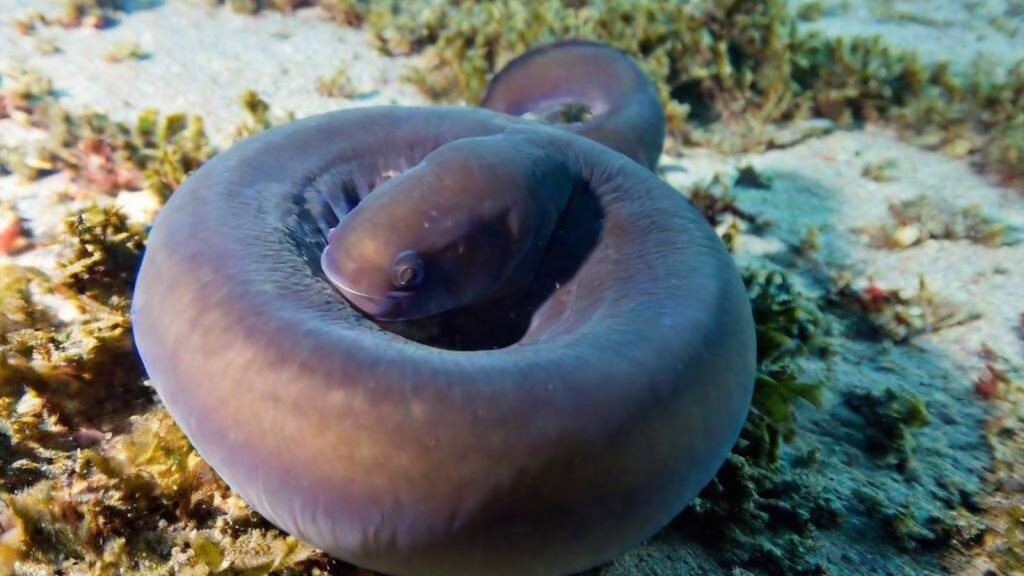
The hagfish looks unremarkable, but it has a slimy secret weapon. When attacked, it releases a quick-expanding slime that clogs the gills of would-be predators. A single hagfish can turn a bucket of water into slime in seconds, giving it time to escape. This slime is made up of tiny fibres that are stronger than nylon and could potentially be used to create eco-friendly clothing.
Peacock Mantis Shrimp’s Rainbow Vision
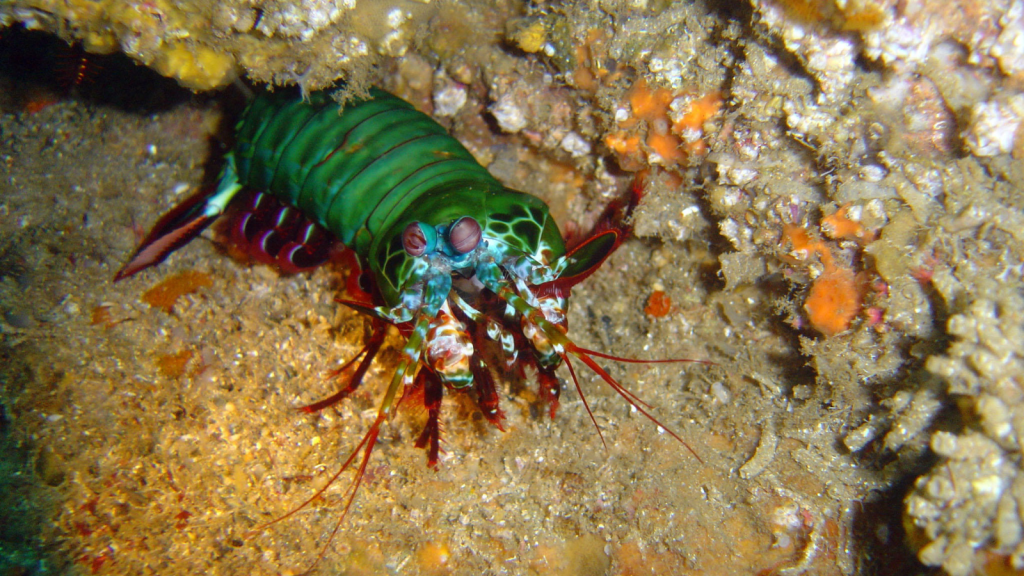
The peacock mantis shrimp sees the world like no other creature. Its eyes have 16 colour receptors (humans have just three) and can see types of light invisible to us. This allows the shrimp to spot prey and communicate in ways we can hardly imagine. The mantis shrimp’s complex eyes can also detect different types of polarised light, giving them a secret communication channel in their underwater world.
Alpine Ibex’s Gravity-Defying Climb
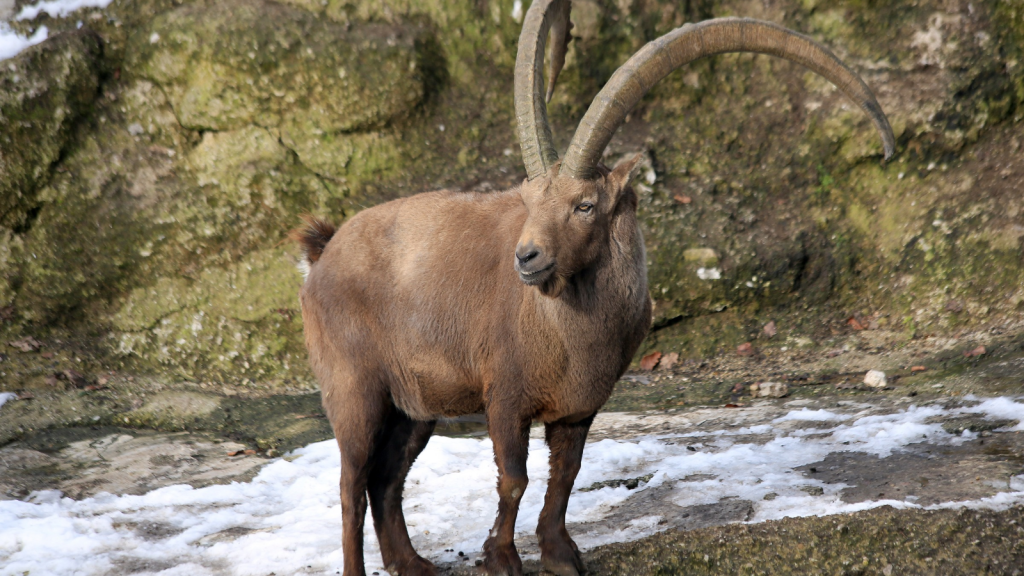
The alpine ibex can climb near-vertical dam walls. These mountain goats scale impossibly steep surfaces in search of minerals, licking the stones for salts. Their split hooves and incredible balance allow them to defy gravity in ways that leave observers stunned. The ibex’s hooves have sharp edges and concave undersides that act like suction cups, helping them grip onto the tiniest ledges.
Horned Lizard’s Blood-Squirting Eyes
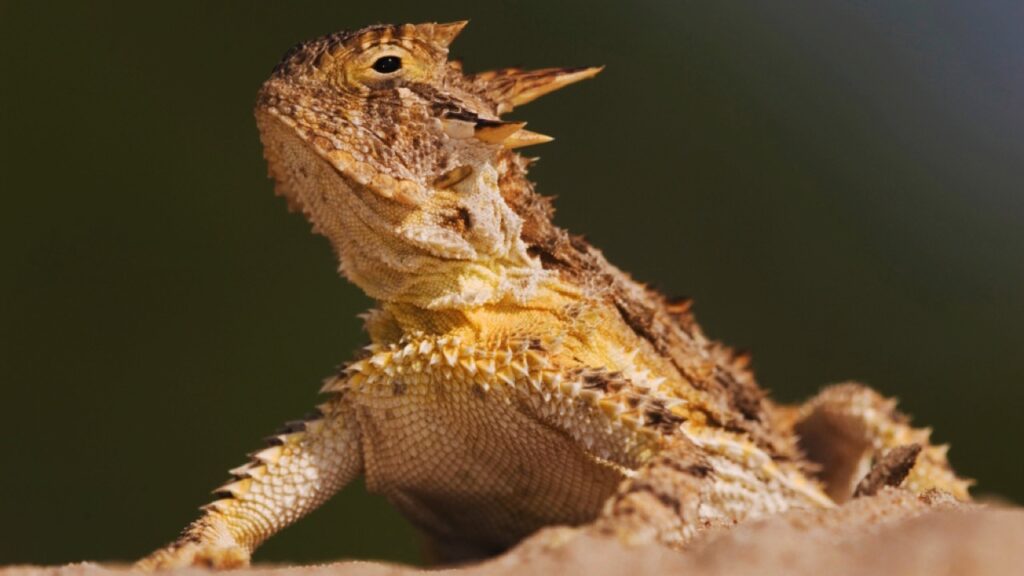
The horned lizard has a bizarre defence mechanism: it can squirt blood from its eyes. When threatened, it increases blood pressure in its head until the blood vessels around its eyes burst, spraying predators with a foul-tasting liquid. This startling ability often gives the lizard a chance to escape. The blood also contains a chemical that is particularly noxious to canine predators, making it an effective deterrent against coyotes and wolves.
Meet the Wolf Spider | One of Britain’s Biggest Spiders

Wolf spiders are a remarkable group of arachnids found across the UK and around the world. These agile hunters get their name from their wolf-like hunting style, actively chasing down prey rather than spinning webs. With their large eyes and hairy bodies, wolf spiders might look intimidating, but they’re actually quite beneficial to gardens and homes. These spiders help control pest populations and are generally harmless to humans. From their unique parenting techniques to their impressive hunting skills, wolf spiders are full of surprises.
Read More: Meet the Wolf Spider | One of Britain’s Biggest Spiders
Becky is a fervent wildlife enthusiast and pet care expert with a diploma in canine nutrition. Her love for animals stretches beyond the domestic, embracing the wild tapestry of global fauna. With over a decade of experience in animal welfare, Becky lends her expertise to OutlandishOwl through insightful articles, captivating wildlife information, and invaluable guidance on pet nutrition. Her work embodies a deep commitment to understanding the intricate lives of animals and a passion for educating others on sustaining natural habitats. Becky's hands-on conservation efforts and her knack for translating complex dietary science into practical pet feeding tips make her an indispensable voice for creatures great and small.




